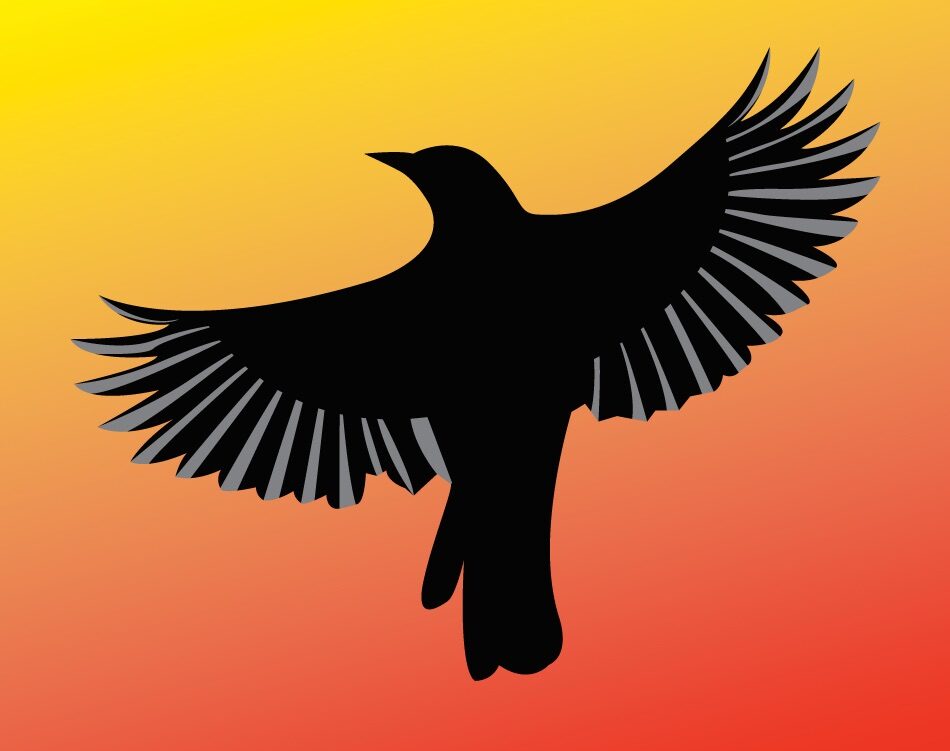Interview: Bundle Up! by Jamie Ferguson
Universal Buy Link | Goodreads | Author Website Author Facebook Page | Author Goodreads Page | Author Twitter Author Amazon Page This interview, in which DeAnna Knippling interviews Jamie J. Ferguson, originally appeared on the Wonderland Press website. The Interview 1. First, tell us about bundles and other beasts. Briefly, what…
